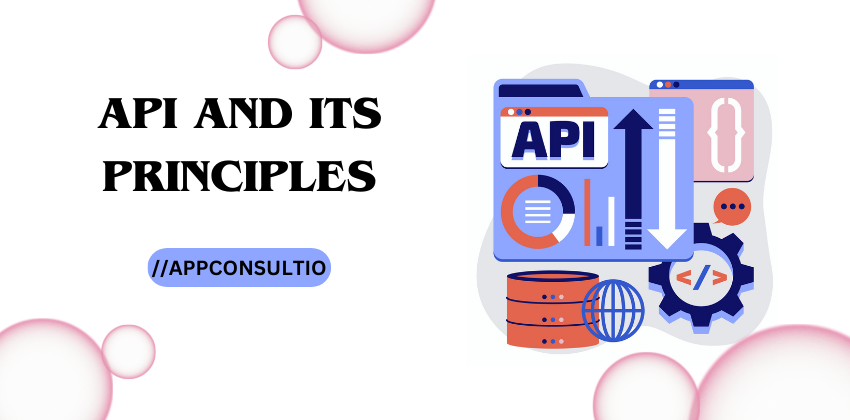
APIs are super helpful tools that ensure our mobile apps work well and are super helpful. Imagine if we didn’t have these tools – our apps would be pretty different! APIs provide that our mobile and web apps can quickly get the critical information they need to give us a great experience. Let’s learn more about APIs.
API is short for “application programming interface.” It’s like a special helper that software uses to let different apps talk to each other. Think of it as a way for apps to share information and work together smoothly. APIs are also great because they can make an app do even more incredible things than it could on its own. When we’re building apps, APIs are super important. They’re like the secret ingredient that helps apps use a ton of information in a way that makes sense on our phones. With good APIs, it would be easier for apps to handle a lot of data and still work well on our devices.
Because APIs are like a set of rules that many apps follow, they’re easier to watch over and manage regarding how well they work and how big they can get. They’re good at being safe and following rules. APIs have their way of getting made. It’s like a step-by-step process. First, they pretend to be an app; then, they’re designed and tested. After that, they’re built and looked after. And when they’re not needed anymore, they retire. These APIs come with clear instructions, so everyone knows how and which version to use.
So, APIs make sure apps play by the rules, keep things safe, and have a plan for their whole life, from start to finish.
A REST API is a unique way of building computer connections. It follows rules called “REST” to ensure things work smoothly. People also call it a “RESTful API” because it sticks to these rules.
1. Consistency and Structure - A fundamental rule for a REST API is to consistently look for all requests about the same thing, no matter who’s asking. It’s like ensuring everyone uses the same door to enter a building. This API also provides that each piece of information, like a user’s name or email, has a unique address. Imagine each piece of info having its special mailbox! The information should be manageable but have all the details the person asking for it might want.
2. Independent Collaboration - In designing a REST API, it’s essential that the client and server work separately. They shouldn’t know too much about each other. All the client (like a phone) needs is the address (URI) to ask for things. It can’t talk to the server in any other unique way. And the server (like a computer) should only give the client the information it asked for using the internet. They’re like good neighbours who share what’s needed but don’t get too involved in each other’s business!
3. Starting Fresh - REST APIs work in a way where each request is like a fresh start. When you ask for something, you have to give all the details needed right there. When you order food, you tell the whole order at once. These APIs don’t remember past requests, so the server can’t keep any info about you. It’s like having a new beginning every time you ask for something.
4. Better performance - Things that apps need should be saved in a particular place on either the app or the computer. When the computer sends stuff, it should say if it’s okay to keep it. This helps apps work faster and ensures the computer can handle lots of requests without any problems. It’s like making both sides happy – the app works faster, and the laptop stays strong.
Conclusion - APIs and REST APIs are the unseen architects shaping modern applications’ interactive and functional world, contributing to their usability, reliability, and overall performance. REST APIs enhance performance by allowing data to be stored in specific places, making apps faster and servers more efficient.